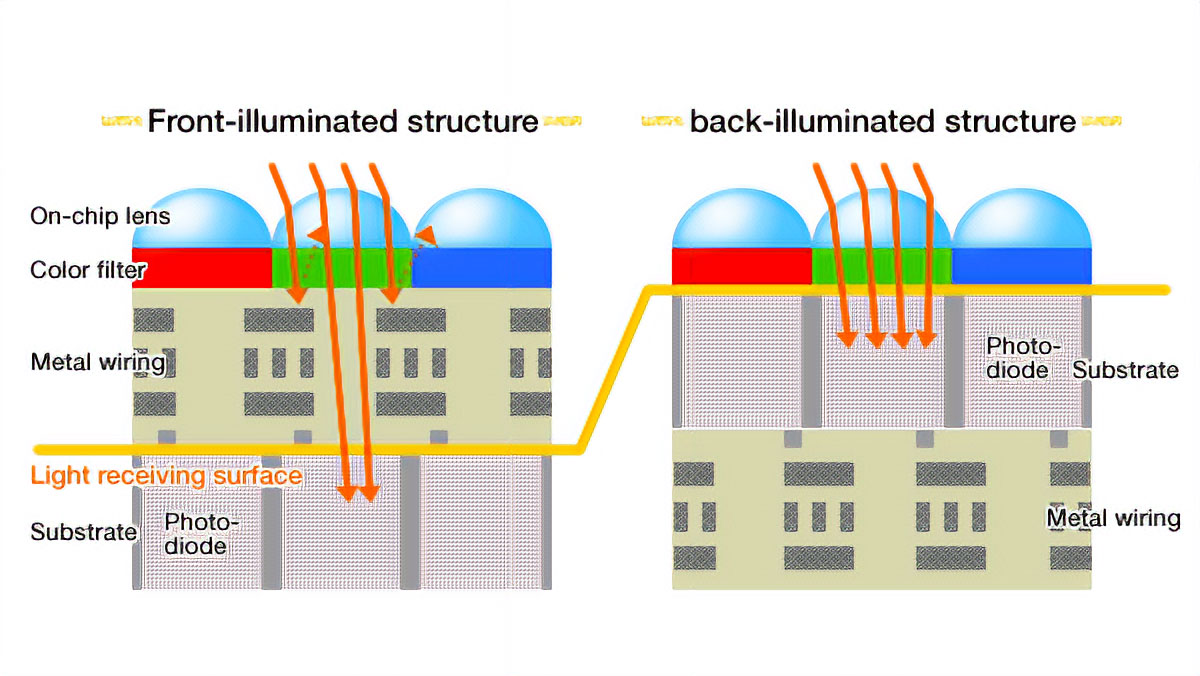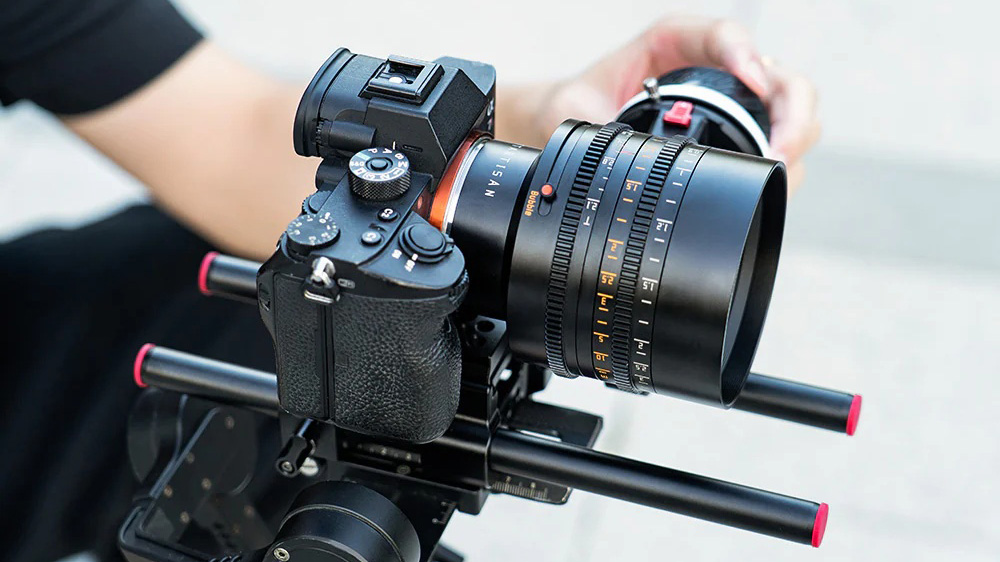What is a BSI sensor and are they actually important? BSI sensors explained
BSI, or ‘Back Side Illuminated’ sensors are a selling point for lots of cameras, but what do they do?

BSI, or Back Side Illuminated sensors are also known as ‘Back Illuminated' sensors. They are a revision of traditional sensor designs which increases the light gathering efficiency of the sensor to deliver higher sensitivity, less noise and better all round image quality.
All sensors have light-sensitive photosites. On older sensor designs, these are partly obscured by the circuitry needed to collect and transfer the light values to the camera’s processor. This means that only a percentage of the sensor surface is actually light sensitive – some of it is wasted by the circuitry in front.
Ideally, there should be no gaps at all between the photosites, so that the photosites are as large and efficient as possible. Engineers realised they could do this by flipping the sensor around so that it is illuminated from the back, where there is no circuitry and the photosites can be made with no gaps. Effectively, the circuitry is now on the back of the sensor, where it’s not obscuring any of the light.
Practically all modern cameras now use back side illuminated sensors. The name isn’t very helpful but it’s one that’s just stuck from the solution that engineers adopted. The sensor isn’t illuminated from the back at all – it would make more sense to say what used to be at the front of the sensor is now at the back.
Do BSI sensors make a difference?
They do, but despite the hype that often goes with them, it’s typically a percentage gain in photosite size and efficiency that does definitely improve sensitivity and image quality, but is not necessarily a game changer.
The fact is that the swap from regular sensors to BSI sensors has happened at a time when camera makers have also made huge strides in signal processing and noise control, so that while modern cameras are hugely superior to older models for noise and sensitivity, the uptake of BSI sensors has been a big factor but not the only one.
In general, if you had a choice between a camera with a BSI sensor and one without, you would definitely go with the BSI sensor, but overall this does not make as much difference as megapixels and sensor size for overall image quality.
The best camera deals, reviews, product advice, and unmissable photography news, direct to your inbox!
Read more:
• What is ISO?
• What is aperture on a camera?
• What is exposure?

Rod is an independent photography journalist and editor, and a long-standing Digital Camera World contributor, having previously worked as DCW's Group Reviews editor. Before that he has been technique editor on N-Photo, Head of Testing for the photography division and Camera Channel editor on TechRadar, as well as contributing to many other publications. He has been writing about photography technique, photo editing and digital cameras since they first appeared, and before that began his career writing about film photography. He has used and reviewed practically every interchangeable lens camera launched in the past 20 years, from entry-level DSLRs to medium format cameras, together with lenses, tripods, gimbals, light meters, camera bags and more. Rod has his own camera gear blog at fotovolo.com but also writes about photo-editing applications and techniques at lifeafterphotoshop.com

